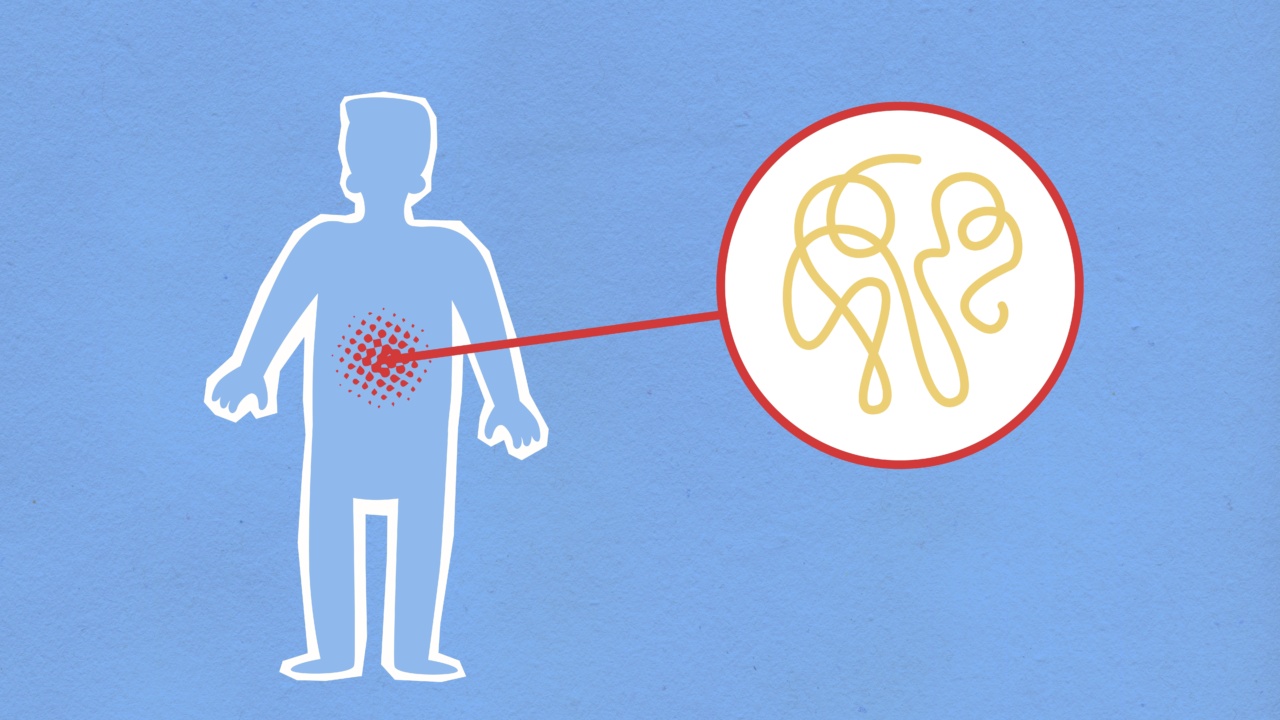Cholesterol is a waxy, fat-like substance found in every cell of the body. It plays a vital role in various physiological processes, including the formation of cell membranes, hormone production, and digestion.
While often associated with negative health outcomes, cholesterol is essential for the normal functioning of the body.
The Two Faces of Cholesterol
1. Cholesterol and Inflammation: Inflammation is a natural response of the immune system to protect the body from harmful stimuli.
However, when inflammation becomes chronic or excessive, it can contribute to various diseases, including cardiovascular disease, diabetes, and certain autoimmune disorders. Cholesterol plays a complex role in inflammation.
When the body encounters an infection or injury, immune cells release chemical signals called cytokines, triggering an inflammatory response.
Low-density lipoprotein (LDL), often referred to as “bad” cholesterol, can penetrate the endothelial lining of blood vessels, leading to the formation of plaque and initiating inflammation. This inflammatory process is a key factor in the development of atherosclerosis, a condition characterized by the buildup of plaque in arterial walls.
On the other hand, high-density lipoprotein (HDL), also known as “good” cholesterol, exhibits anti-inflammatory properties.
HDL transports excess cholesterol from peripheral tissues back to the liver for excretion, reducing inflammation and promoting vascular health. Additionally, HDL can inhibit the production of inflammatory cytokines and promote the release of anti-inflammatory molecules, further dampening the inflammatory response.
2. Cholesterol and Infection: Cholesterol also plays a crucial role in the body’s defense against microbial infections. Many pathogens, including bacteria and viruses, require cholesterol to establish and maintain their infection.
Bacterial pathogens such as Staphylococcus aureus and Streptococcus pneumoniae exploit cholesterol-rich lipid rafts to gain entry into cells. These pathogens produce toxins that disrupt host cell membranes, allowing them to invade and cause infection.
Cholesterol depletion or inhibition of cholesterol synthesis can hinder the internalization of these pathogens, offering a potential therapeutic strategy.
In the case of viral infections, cholesterol is needed for the fusion of viral and host cell membranes. For example, the hepatitis C virus (HCV) requires cholesterol-rich regions on host cell membranes for its entry and replication.
Inhibition of cholesterol synthesis has been shown to impair HCV infection, highlighting the importance of cholesterol in viral replication.
Cholesterol and Immune Response
Cholesterol also influences the immune response by regulating the functions and behaviors of immune cells.
Studies have shown that cholesterol levels can affect the activation, proliferation, and cytokine production of T cells, which are essential for coordinating the immune response.
High cholesterol levels have been associated with T cell dysfunction and impaired immune responses. It has been observed that excessive cholesterol can accumulate within immune cells, leading to the formation of lipid droplets.
These lipid droplets can then impair T cell signaling and function, compromising the body’s ability to mount an effective immune response against infections.
Furthermore, cholesterol metabolism within macrophages, a type of immune cell, influences their ability to eliminate infectious agents. Macrophages can convert cholesterol into oxysterols, which have antimicrobial properties.
These oxysterols help in controlling the proliferation and survival of intracellular pathogens by inhibiting their replication. Conversely, dysregulated cholesterol metabolism can impair macrophage function, compromising the immune response against infections.
Targeting Cholesterol for Therapeutic Intervention
The intricate relationship between cholesterol, inflammation, and infection has fueled interest in targeting cholesterol-related pathways for therapeutic intervention.
Several approaches are being explored to manipulate cholesterol levels or modulate cholesterol-dependent processes to combat inflammation and infections.
1. Cholesterol-lowering medications: Statins, a class of drugs commonly prescribed to lower cholesterol levels, have shown potential anti-inflammatory effects beyond their lipid-lowering properties.
These drugs can reduce the production of inflammatory cytokines, stabilize plaque formation, and improve endothelial function. Other cholesterol-lowering medications, such as ezetimibe, are also being investigated for their potential anti-inflammatory benefits.
2. Cholesterol-modulating drugs: Researchers are developing drugs that can directly target cholesterol metabolism or disrupt cholesterol-dependent processes.
One approach involves inhibiting the enzyme squalene synthase, which plays a key role in cholesterol synthesis. Another strategy aims to disrupt lipid rafts, cholesterol-rich domains that serve as platforms for pathogen invasion, through the use of compounds called cholesterol-sequestering cyclodextrins.
3. Immunotherapies: Several experimental immunotherapies are being explored that aim to target cholesterol metabolism within immune cells.
These therapies aim to restore proper cholesterol homeostasis within immune cells or modulate cholesterol-derived signaling pathways to enhance immune responses against infections.
The Importance of a Balanced Approach
While cholesterol is involved in both inflammation and infection, it is crucial to maintain a balanced approach when considering its effects.
Cholesterol is essential for various physiological processes, and complete elimination or excessively low levels of cholesterol can have detrimental effects on the body.
It is important to focus on managing cholesterol levels within a healthy range rather than solely targeting its reduction.
Lifestyle modifications such as a balanced diet, regular exercise, and weight management can help maintain optimal cholesterol levels and reduce the risk of chronic inflammation and infections.
Conclusion
Cholesterol exhibits a dual role in inflammation and infection.
While high levels of LDL cholesterol can contribute to chronic inflammation and atherosclerosis, HDL cholesterol plays a protective role by reducing inflammation and promoting vascular health. Additionally, cholesterol is vital for pathogen invasion during infections, making it an attractive target for therapeutic interventions.
Understanding the complex interplay between cholesterol, inflammation, and infection can pave the way for the development of targeted therapies that modulate cholesterol-related pathways to combat various diseases.
However, it is essential to maintain a balanced approach and ensure cholesterol levels remain within a healthy range to support overall physiological functions.





























